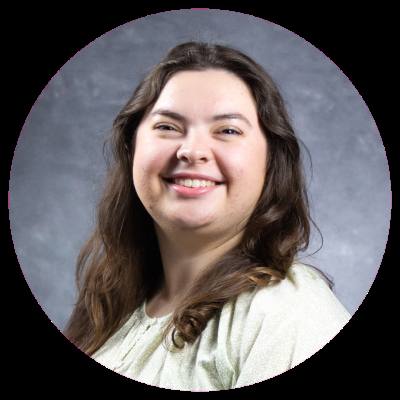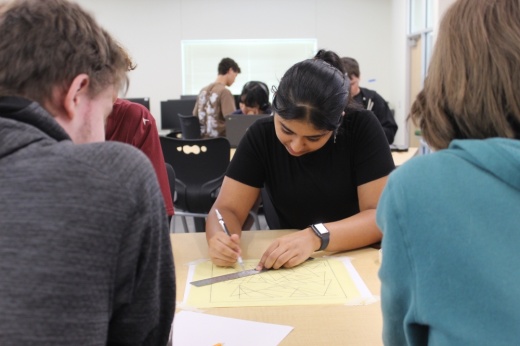The district’s board of trustees along with district staff discussed budget development for the 2025-26 school year in a May 7 workshop. The budget workshop was the fourth of several that district leaders have held.
The district’s goal is to get as close to a 3% raise for all staff as possible, but officials are waiting on the legislature to know if the district has the money to do so, said Kimberly Smith, FISD’s chief finance and strategy officer.
The Texas Legislature is in the midst of its 89th session, with several bills for school finance on the docket. Senate Bill 26 would give raises to teachers only with $2,500 given to teachers with three to four years of experience and $5,500 for teachers with five or more years of experience. House Bill 2 is “more robust,” Smith said in the April budget workshop, and gives districts more control over where funds can be placed.
“We do want to be able to provide raises,” Smith said.
The overview
The proposed budget, without including a staff raise are:
- $658 million for a baseline budget
- $198.4 million in the debt service budget
- $26.3 million for the child nutrition budget
According to an informal poll conducted by the Texas Association of School Business Officials, nearly 63% of respondents expect to end fiscal year 2024-25 in a deficit. This is an increase from last year’s 42%, Smith said.
Preliminary certified values show a 12% growth in FISD’s tax base from 2024 to 2025, according to the presentation.
Some context
FISD compares itself to nine other districts of similar size and similar accountability ratings from the Texas Education Agency when creating its budget, Smith said. These include local districts Lewisville and Plano ISDs.
On average, peer school districts spent $872 more per student in the 2024 fiscal year than FISD did, Smith said. Approximately 74% of that spending came from special revenue grant funds as they have larger low-socioeconomic populations.
FISD, though, spent an average of $127 more per student on direct instruction than peer districts in 2024. The district also ranks higher in extracurricular spending because of FISD’s student opportunity model, Smith said.
FISD also has a high ratio of teachers to total staff than its peer districts, she said. The district has 14.6 students to teachers while peer districts had an average of 15.1 students to teachers.
“We are prioritizing adding teaching positions over other [roles],” Smith said.
Looking ahead
The district plans to hold a public hearing on the budget June 9. The budget and compensation plan is expected to be adopted June 18. The district’s tax rate is expected to be adopted Aug. 18.





